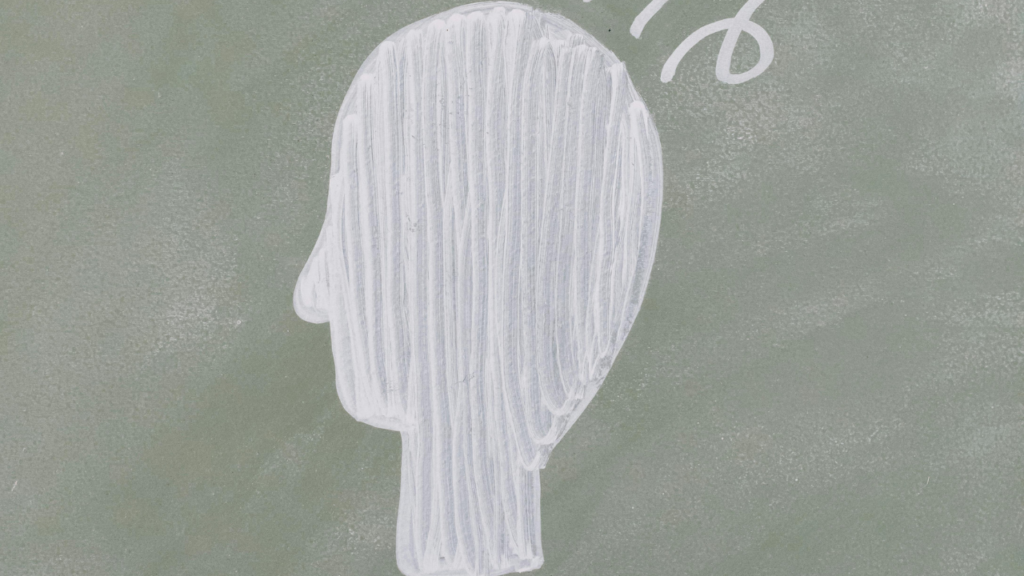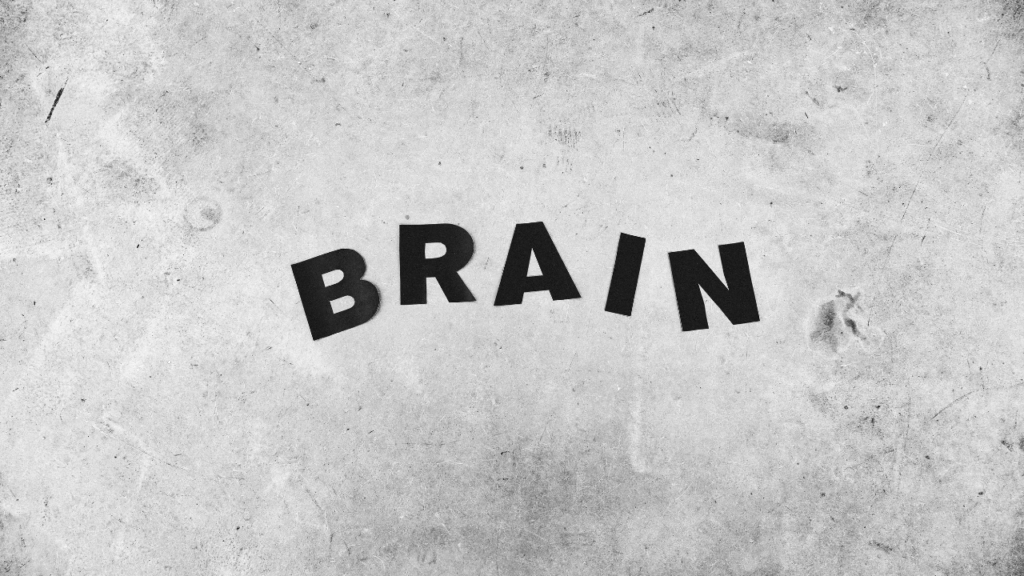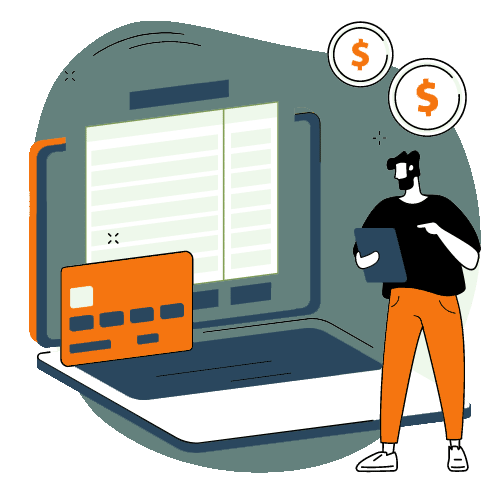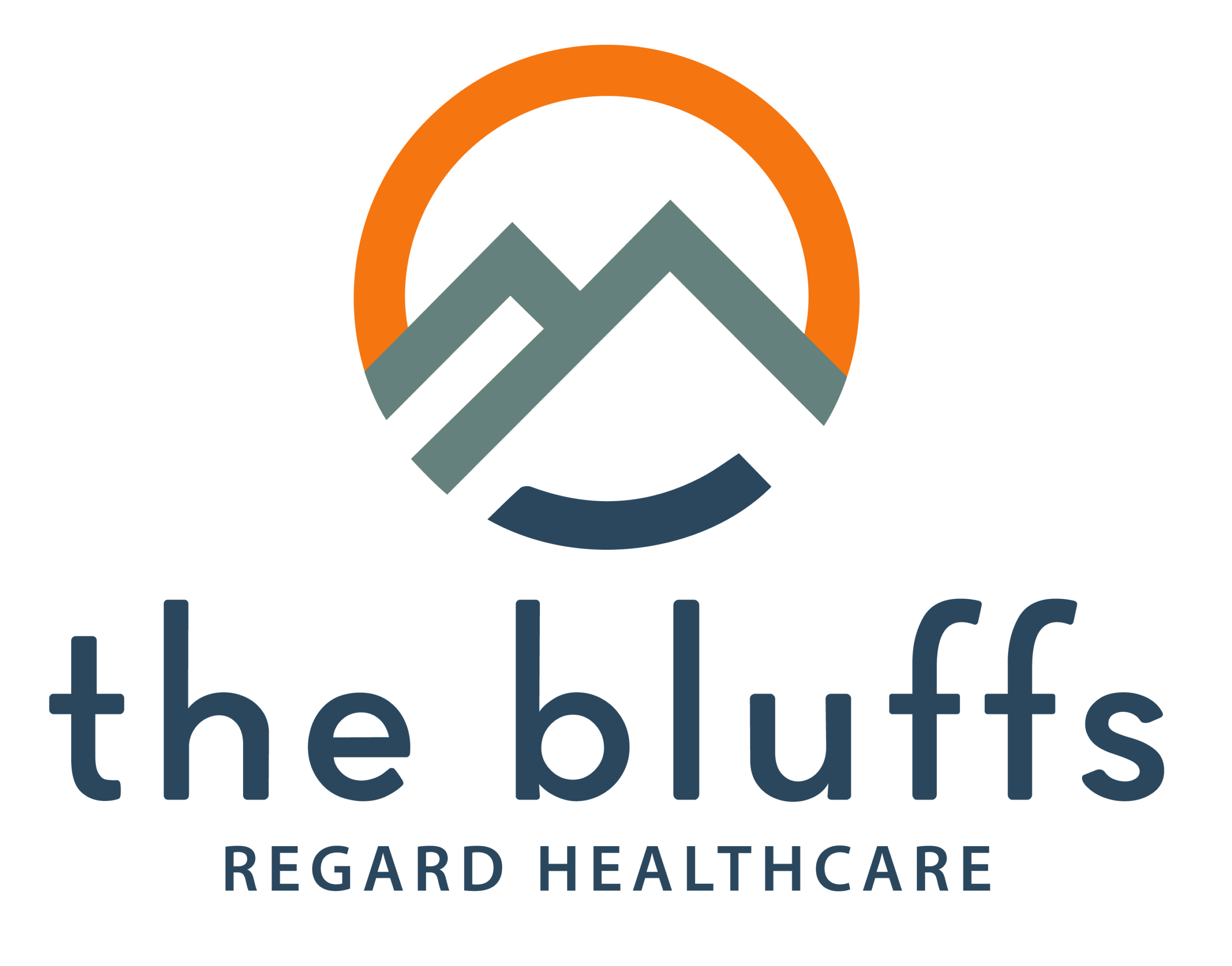As the field of addiction treatment evolves, innovative therapies are emerging to complement traditional approaches. One such promising technique is neurofeedback. At The Bluffs Addiction Campuses, we’re committed to staying at the forefront of addiction treatment modalities. This article delves into the potential of neurofeedback in addiction treatment, offering insights into this cutting-edge therapy.
Understanding Neurofeedback: The Basics
Neurofeedback, also known as EEG biofeedback, is a type of biofeedback that uses real-time displays of brain activity to teach self-regulation of brain function. Here’s how it works:
- Sensors are placed on the scalp to measure brain wave activity.
- This activity is displayed on a computer screen in real-time.
- The patient learns to influence their brain activity through a reward-based system.
Neurofeedback is like a mirror for the brain. It allows individuals to see their brain activity and learn to modulate it, potentially leading to improvements in attention, emotional regulation, and impulse control.

The Neurological Basis of Addiction
To understand how neurofeedback might help in addiction treatment, it’s crucial to grasp the neurological underpinnings of addiction:
- Addiction alters brain structure and function, particularly in areas related to reward, motivation, learning, and control.
- These changes can persist long after substance use has stopped, contributing to the risk of relapse.
- Addiction is characterized by imbalances in brain wave activity, often showing increased beta waves (associated with anxiety and craving) and decreased alpha waves (associated with relaxation).
How Neurofeedback Addresses Addiction
Neurofeedback aims to correct these imbalances:
- It helps patients learn to increase alpha waves and decrease beta waves.
- This can lead to improved emotional regulation and reduced cravings.
- Over time, it may help “rewire” the brain, potentially reversing some of the changes caused by addiction.
The Process of Neurofeedback Therapy
A typical neurofeedback session in addiction treatment might look like this:
- The patient is connected to EEG sensors.
- They watch a display, often in the form of a video game or movie.
- When their brain produces desired wave patterns, they’re rewarded with progress in the game or movie.
- Over multiple sessions, the brain learns to reproduce these healthier patterns.
Potential Benefits of Neurofeedback in Addiction Recovery
Research suggests that neurofeedback may offer several benefits for individuals in addiction recovery:
- Reduced cravings and improved impulse control
- Enhanced emotional regulation
- Improved sleep quality
- Decreased anxiety and depression symptoms
- Better cognitive function and focus
Neurofeedback training, when added to a standard addiction treatment program, can significantly improve both short-term and long-term abstinence rates.
Limitations and Considerations
While promising, neurofeedback is not without limitations:
- It requires multiple sessions over an extended period, which can be time-consuming and costly.
- Not all individuals respond equally well to neurofeedback.
- The long-term effects are still being studied.
- It should be used as part of a comprehensive treatment plan, not as a standalone therapy.
Neurofeedback as a Complement to Other Treatments
Neurofeedback is typically used in conjunction with other evidence-based treatments:
- Cognitive Behavioral Therapy (CBT)
- Medication-Assisted Treatment (MAT)
- Group therapy and support groups
- Mindfulness and stress reduction techniques
The Future of Neurofeedback in Addiction Treatment
As technology advances, the future of neurofeedback in addiction treatment looks promising:
- More personalized protocols based on individual brain patterns
- Integration with virtual reality for more immersive training
- Combination with other brain stimulation techniques
- Home-based neurofeedback systems for ongoing support
Comparing Neurofeedback to Other Brain-Based Therapies
Neurofeedback is one of several brain-based therapies used in addiction treatment. Others include:
- Transcranial Magnetic Stimulation (TMS)
- Deep Brain Stimulation (DBS)
- Cognitive Enhancement Therapy
Each has its own set of benefits and considerations. Neurofeedback stands out for its non-invasive nature and ability to teach self-regulation skills.

Addressing Common Misconceptions
Some common misconceptions about neurofeedback include:
- Myth: It’s a “quick fix” for addiction.
- Reality: It requires time and effort to see results.
- Myth: It can erase addiction from the brain.
- Reality: It helps manage symptoms and improve brain function, but isn’t a cure.
- Myth: It’s only for severe cases of addiction.
- Reality: It can be beneficial at various stages of addiction and recovery.
The Bluffs’ Approach to Cutting-Edge Treatments
At The Bluffs Addiction Campuses, we’re committed to providing the most effective, evidence-based treatments available. We make sure we closely monitor these types of emerging treatments in the field of addiction medicine.
If you or a loved one are struggling with addiction, call us today at 330-919-9228 to learn more about our programs and how we can support you on your journey to recovery.








